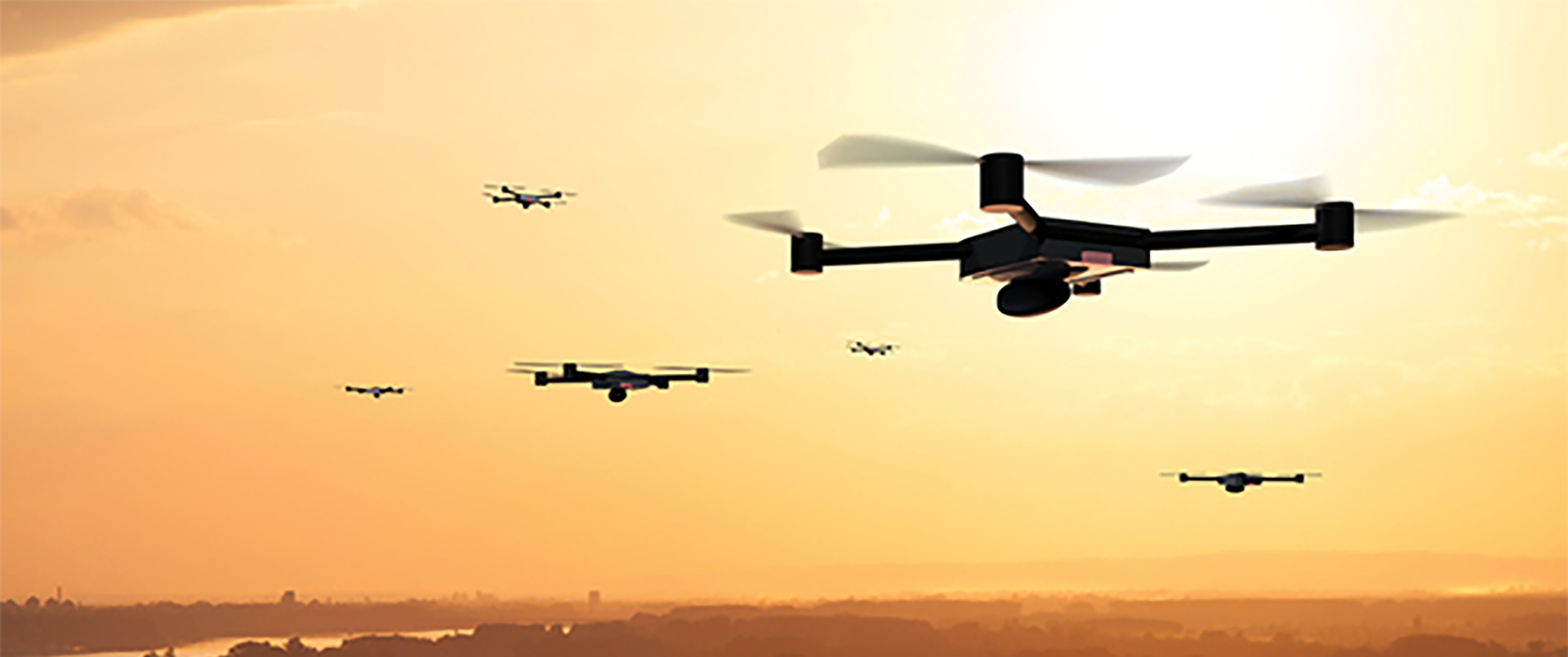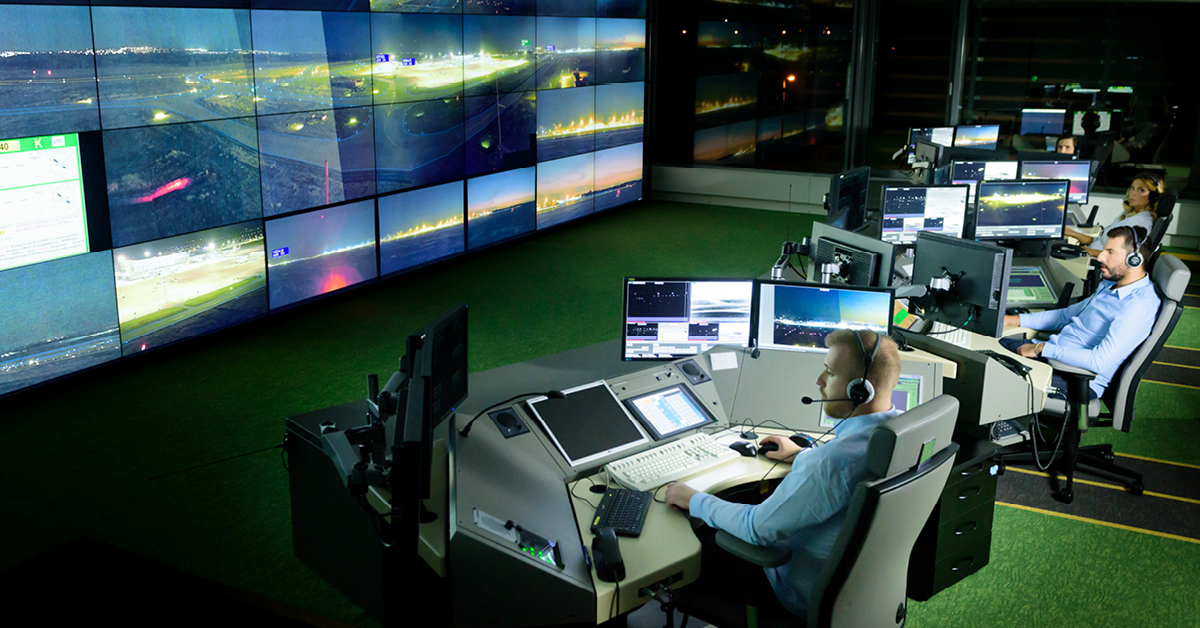We are all one

As the world transitions following COVID-19, the use of drones is likely to accelerate.
Drones were a safe and efficient means for transporting goods and services during the COVID-19 pandemic. Vital healthcare support in remote locations and surveillance capabilities added to the rising number of drone operations worldwide.
The safe and equitable integration of new drone technologies into civil airspace has therefore gathered pace. Manned and unmanned aviation communities worldwide are coming together to build harmonised global frameworks that enable the safe, secure, efficient and fair integration of drones in the aviation system. This blueprint for success will in turn foster broad public acceptance.
To ensure a collaborative approach, CANSO is facilitating the dialogue between industries to ensure airspace achieves the speed, digitisation and automation required by UAS traffic management, UTM, or U-Space.
CANSO is also contributing to the development of the ICAO UTM Framework document, providing technical expertise in global harmonisation through the ICAO UAS Advisory Group. The document is intended to provide countries with a foundation for the core capabilities of a typical UTM system.
Expert gathering
In Europe, CANSO is liaising with the European Commission on UTM regulation. It is also a member of the We are All One in the Sky initiative that supports a proportionate, risk and performance-based regulatory framework to enable drone services to flourish and – most importantly – to provide a safe, secure and efficient operational environment for manned and unmanned aviation.
“This ambitious joint initiative shows that the aviation community is united regarding the integration of drones into European airspace,” says Tanja Grobotek, CANSO’s Director Europe Affairs. “Drones promise many benefits, but their growth also presents many challenges to today’s manned aviation industry, if it is not managed and integrated in the right way.”
We are All One in the Sky is founded on five core principles, all of which have taken on greater significance as the industry restarts.
The first is common airspace situational awareness through information exchange. To deliver both safe and secure operations it is essential that all stakeholders have a shared picture of airspace and the operations taking place within it at any given time. This will prove especially important when unexpected developments need to be communicated between multiple actors.
Clarifying responsibilities and liabilities is also essential. UTM will exist in flight information regions (FIR) where ANSPs have full responsibility so any regulatory framework will need to make clear the boundaries of legal risk and operational responsibility. Standardisation in counter-drone technologies will be vital in this respect.
The third principle is maximising airspace capacity through integration, not segregation. Information exchange will be the bedrock of success but any overarching airspace framework for manned and unmanned flight must ensure fair and equitable access for all. The value of all airspace users needs to be unlocked.
We are All One in the Sky is also insisting on maintaining and improving today’s high safety levels. Keeping drones safe necessarily requires different procedures to keeping manned operations safe and neither can be compromised. A voluntary strict reporting incident platform based on Just Culture, would be an important part of safety efforts.
Finally, the dynamic and rapidly-evolving nature of the drone services industry must be accommodated. CANSO believes that the regulatory approach taken on UTM service provision may be too prescriptive, setting the industry on a particular course, mandating a certain architecture and excluding certain players before its full operation is properly understood. This has become increasingly important as aviation enters a “new normal”.
A performance-based regulatory approach would ensure no specific architecture and solution is made mandatory at this stage.
EASA regulations
CANSO is working with the EU and European Union Aviation Safety Agency (EASA) to ensure its proposal for a high-level regulatory framework for unmanned aviation operations and UTM / U-Space meets industry requirements.
It has successfully advocated for the relationship between the Common Information Service (CIS) and UTM service providers (USSPs) to be recognised as vital to the evolution of the UTM industry, for example.
A previous prohibition on any relationship between CIS provider and USSP has been removed and replaced by a requirement that CIS providers disseminate information “to all U-space service providers in that airspace, with the same data quality and latency levels”.
This will better facilitate the emergence of the drone industry and support a broader range of operations and operators while ensuring fair access to core information and a competitive marketplace.
Nevertheless, the integration of drones remains a complex issue and there are still areas to be addressed to ensure the effective implementation of U-Space in Europe. This includes clarity on the responsibilities of actors within the system and how to facilitate interoperability and the integration of operations. Practical aspects of implementation and the electronic transparency of all airspace users must also be addressed.
The Commission is aiming to approve regulation by the end of the year. EASA will support this effort by developing the Acceptable Means of Compliance and Guidance Material (AMC/GM) to the regulation in collaboration with all stakeholders during the coming months.
The importance of market solutions
CANSO supports a competitive market for U-Space Service Providers (USSPs) in Europe.
ANSPs are already close to the provision of foundation services for UTM due to the nature of their current mandate in ATM. This will allow small, medium and large companies to enter the competitive UTM market by becoming an USSP, using the services at a common, equal public fee.
Competitive USSPs can offer a range of services to their customers, such as routing and scheduling optimisation services, payload-related services, data processing and domain-related apps.



